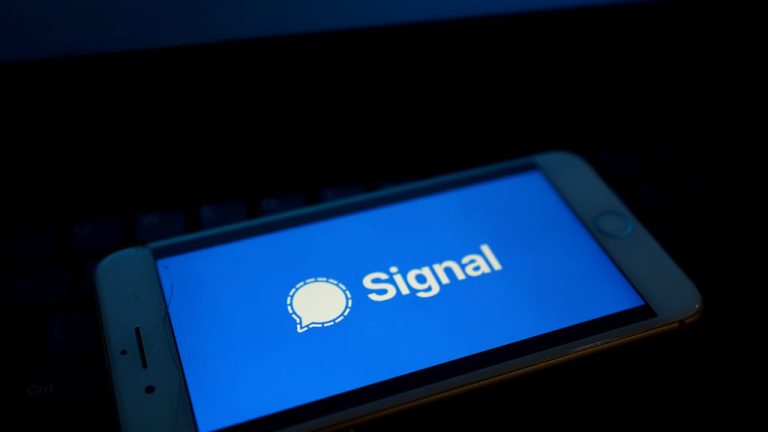Update 6 pm EST: Although a SpaceX filing said that Starlink terminals could be deployed "on passenger cars," SpaceX CEO Elon Musk indicated on Twitter today that passenger cars are not in the plan. "Not connecting Tesla cars to Starlink, as our terminal is much too big. This is for aircraft, ships, large trucks & RVs," he wrote.
Original story 4:47 pm EST (with some edits to reflect Musk's tweet):
SpaceX on Friday asked the Federal Communications Commission for permission to deploy Starlink satellite broadband to moving vehicles.
The application describes SpaceX's plans for Earth Stations in Motion (ESIMs) for automobiles, ships, and aircraft. SpaceX said it is "seek[ing] authority to deploy and operate these earth stations... throughout the United States and its territories... in the territorial waters of the United States and throughout international waters worldwide, and... on US-registered aircraft operating worldwide and non-US-registered aircraft operating in US airspace."
"Granting this application would serve the public interest by authorizing a new class of ground-based components for SpaceX's satellite system that will expand the range of broadband capabilities available to moving vehicles throughout the United States and to moving vessels and aircraft worldwide," SpaceX told the FCC. Internet users are no longer "willing to forego connectivity while on the move, whether driving a truck across the country, moving a freighter from Europe to a US port, or while on a domestic or international flight," SpaceX said.
“Electrically identical” to Starlink home terminals
The application said that vehicle-mounted terminals will be similar to the Starlink satellite dishes designed for home-Internet service, with some key differences:
SpaceX Service's ESIMs are electrically identical to its previously authorized consumer user terminals but have mountings that allow them to be installed on vehicles, vessels, and aircraft, which are suitable for those environments. SpaceX Service's ESIMs will communicate only with those SpaceX satellites that are visible on the horizon above a minimum elevation angle of 25 degrees. The proposed phased array user terminal will track SpaceX's NGSO [non-geostationary orbit] satellites passing within its field of view. As the terminal steers the transmitting beam, it automatically changes the power to maintain a constant level at the receiving antenna of its target satellite, compensating for variations in antenna gain and path loss associated with the steering angle.
The ESIM terminals could be deployed "on passenger cars or pleasure boats," SpaceX said in a radiation hazard analysis submitted with its application, although Musk's tweet (noted in the update at the top of this article) seems to contradict that. ESIM terminals may also be deployed on "the masts of ships or the tops of semitrucks that are not generally accessible to the public." The devices "are compliant and will not result in exposure levels exceeding the applicable radiation hazard limits," SpaceX said.


 Loading comments...
Loading comments...
